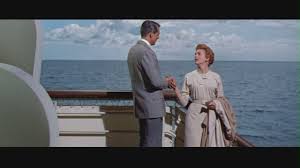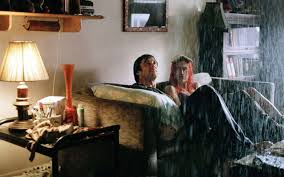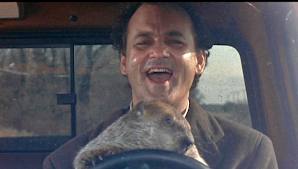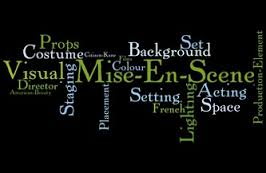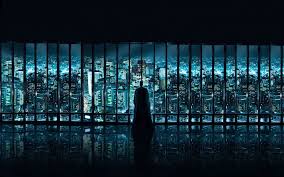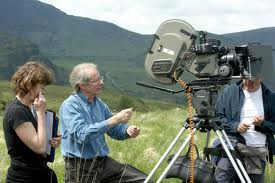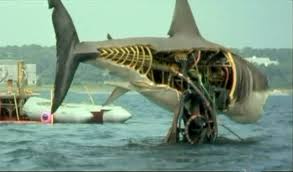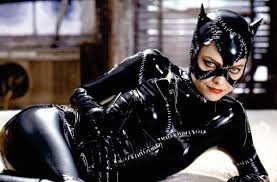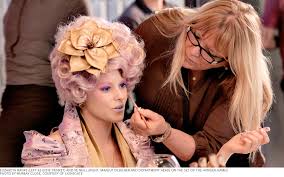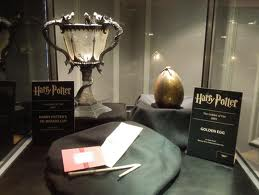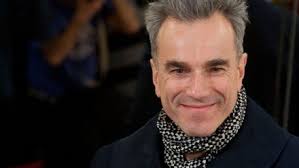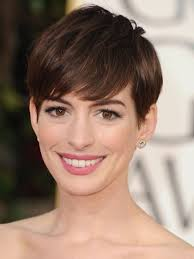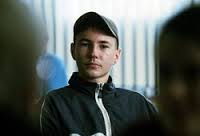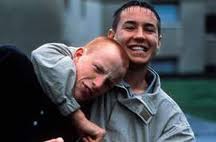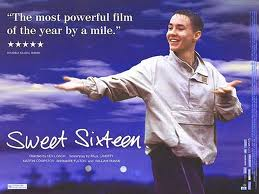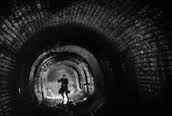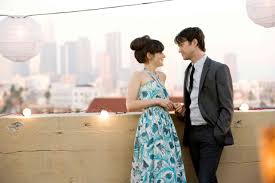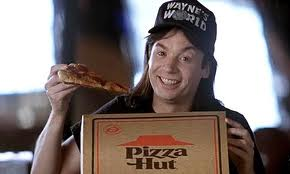Narrative: Some key terms and concepts
Narrative Refers to the strategies, codes and conventions used in organising and presenting a story on screen
Plot Refers to the basic events of a story and the order in which those events are presented on screen – this can be either linear (events are represented in their chronological order; the only exception to this is the use of the flashback and / or flash forward, the only means of disrupting the chronology of the plot in a linear narrative) or non-linear (plot is presented in non – chronological order e.g. Memento, Pulp Fiction)
Story The reconstruction (in the mind of the spectator) of plot events into their correct chronological order, which enables the audience to understand the relationship between events ( the ‘chain of causality’) i.e. how and why each plot events happens
Plot point An event or incident in a plot which takes the story in a new direction
The classic narrative system Refers to the narrative structures developed in the early days of cinema and perfected during the ‘golden age’ of Hollywood in the 1930’s and 1940’s. The classic narrative system relies heavily upon enigma resolution or creating and then solving problems within the world of the film. Other features of the classic narrative system are cause and effect, which describes the linking of events in the plot to each other in a meaningful way (i.e. event A causes event B to happen, which in turn causes event C and so on) and verisimilitude. The plot in the classic narrative system is developed or propelled by human actions.
Verisimilitude A term used to refer to the illusion of a ‘’realistic’’ or plausible world on screen created through use of mise-en-scene, editing, cinematography, and consistency in the narrative arrangement of time and space
Diegetic A term used in film criticism to describe the world depicted in the film which should be plausible to the audience as a result of verisimilitude (this is known as the diegetic effect or diegesis)
Non diegetic A term used to describe elements of the film which are not part of the filmic world – such as a musical score, title cards, and credits
Did the film have a classical style?
- High degree of narrative closure (loose ends tied up, protagonist achieves goals, enigma resolved, order restored). Doesn’t always have to be happy though.
- Motivations of characters move story along – usually male protagonist sets narrative in motion
- basic structure of enigma/resolution or equilibrium/disequilibrium/equilibrium
- linearity + cause/effect logic
- high degree of narrative closure
- psychologically rounded characters as active narrative agents
- spatial & temporal verisimilitude/realism
- Opening of a film – typically plunges us in to an immediate understanding of individual character who is causal agent with specific desire or goal.
- Chain of action proceeds from this character’s goal.
- SUTURE!?
- Shouldn’t notice shots
- Space should seem natural
- Scene should introduce basic setting and characters
- Moves from wide establishing to ms and then cu
- General understanding of the space is preserved by set of rules: 180 degree rule….
- Usually use shot-reverse shot. Eyeline matches
- At every point in the narrative the viewer will know exactly what he or she is supposed to be looking at.
- Classical narrative gives viewer optimal view for every scene.
- 3 point lighting – idealises characters and stars – maximise their beauty
- Lighting is used to fit the situation
Ending scene of AATR – and discuss the continuity of direction and what techniques are employed to ensure that the audience isn’t confused.
Propp: Narrative functions and character types; did we see these in An Affair to Remember?
- Preparation
- Complication
- Transference (change)spatial transference between two kingdoms, guidance: hero is transferred, delivered, or led to the whereabouts of an object of search (G)
- Struggle
- Return
- Recognition
Any of these in AATR? Other films seen?
- the villain, who struggles with the hero
- the donor, who prepares and/or provides hero with magical agent
- the helper, who assists, rescues, solves and/or transfigures the hero
- the Princess, a sought-for person (and/or her father), who exists as a goal and often recognizes and marries hero and/or punishes villain
- the dispatcher, who sends the hero off
- the hero, who departs on a search (seeker-hero), reacts to the donor and weds at end
- the false hero (or antihero or usurper), who claims to be the hero, often seeking and reacting like a real hero (ie by trying to marry the princess)
Next assessment:
Assessment 2: Class Test (Written)
TO TAKE PLACE: Friday 6th February 2015 at 10am
Analyze and discuss the use of camera, editing, mise-en-scène, and narrative in the extract shown from Citizen Kane (dir. Welles, 1941).
You must perform a close textual analysis of the extract and use the terminology you have been taught throughout the course. Do not simply describe what is being shown; you must analyze the extract’s formal properties and discuss how these contribute to the meaning of the extract, and, as appropriate, to the film as a whole.
Remember that your response must be expressed in continuous prose, and that you must avoid personalization and uncritical vocabulary. Poor spelling, grammar and punctuation will be penalized, and consistent errors will result in a fail.
***The clip will be unknown until the day of the test***
Word length: there is no set word length for this assessment
Assessment weighting: 20%
Coming up after Christmas…
Citizen Kane analysis
Preparation for class test
Mock class test
Class test
Sound in film
Intro to final assessment
The Conversation (dir. Coppola, 1974)
Music in film
American Graffiti (dir. Lucas, 1973)
Preparation for final assessment


